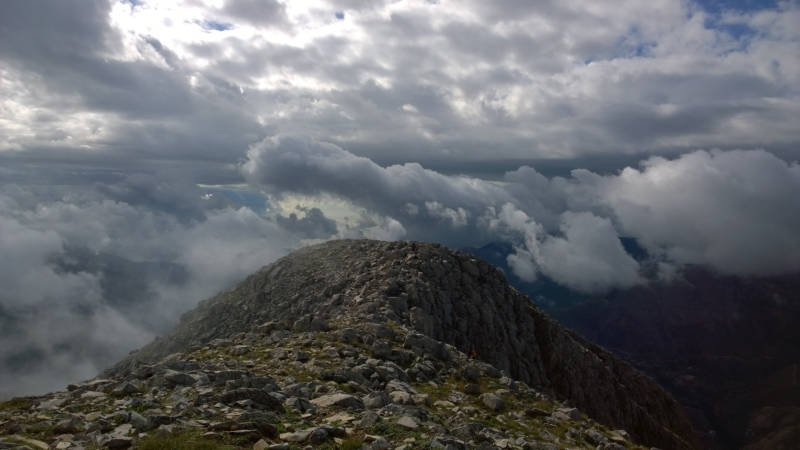ExcursionsMount TaygetosAncient MessiniThe Palace of NestorPylosTemple of Apollo EpicuriusMystrasAncient OlympiaDiros CavesMani

Mount Taygetos
Also known as the “male mountain”, Taygetos risesAlso known as the “male mountain”, Taygetos risesimposingly a few kilometers east of Kalamata. Itrises to 2,407 m and is about 115 km long. It is thenatural border between Messinia and Laconia andextends all the way to cape Taenaro (Matapan).Its rich vegetation mainly includes black pine treesand firs. Additionally, it has rich flora (over 700 plantspecies, 28 local endemic) and bird fauna (85 birdspecies, the most important being the golden eagle,the short-toed snake eagle, the Bonelli’s eagle, theperegrine falcon and many migratory birds).It is also known for its impressive canyons withdeep slopes, such as Vyros (which can be approachedthrough Kardamili) and Rintomo (thatends on the coast of Santova). The purely naturalbeauty of the mountain, and its unique ridge – oneof the longest alpine routes in Greece – have madeTaygetos a top destination for all year round mountainsports (hiking, climbing, mountaineering). Anotherpoint of reference is the Tourist Kiosk, situatedin the magnificent landscape of Alagonia, on theKalamata-Sparta route.Many picturesque villages lie on the Messinianslopes of Mount Taygetos; they have rich history,traditional buildings, important religious pilgrimagesand excellent natural surroundings.


Ancient Messini - 45΄
Tel.: 27240 51201 (archaeological site & museum)
Mystras - 60΄
Tel.: 27310 83377, 27310 25363
The Palace of Nestor - 60΄
Τel.: 27630 31437 (archaeological site), 27630 31358 (museum)
Pylos - 60΄
Ancient Olympia - 90΄
Tel.: 26240 22517 (archaeological site), 26240 22742 (museum)
Temple of Apollo Epicurius - 90΄
Tel.: 26260 22254
Diros Caves - 90΄
Tel.: 27330 52222 (for the caves), 27330 52223 (museum)







